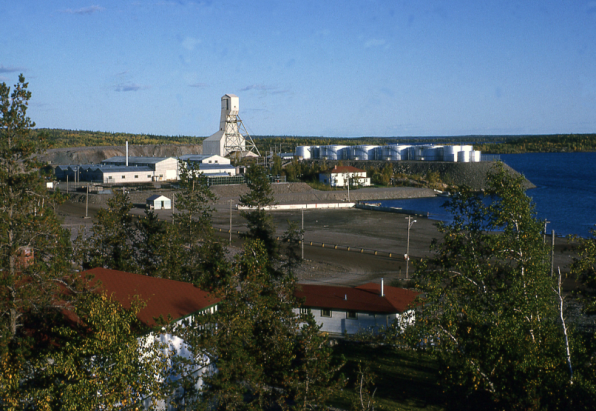Investors in a proposed diamond mine east of Prince Albert are growing increasingly frustrated as environmental consultations between the provincial government and the nearby James Smith Cree Nation appear to have stalled.
The federal government approved Star Diamond Corp.’s plan to build the mine in the Fort à la Corne forest in 2014. More than four years after receiving the company’s final environmental impact statement, the province has yet to give its blessing.
That is likely because a fresh round of talks with James Smith Cree Nation, launched last winter and originally expected to last six months, appear to have reached an impasse over various concerns, including access to land and natural resource royalties.

























